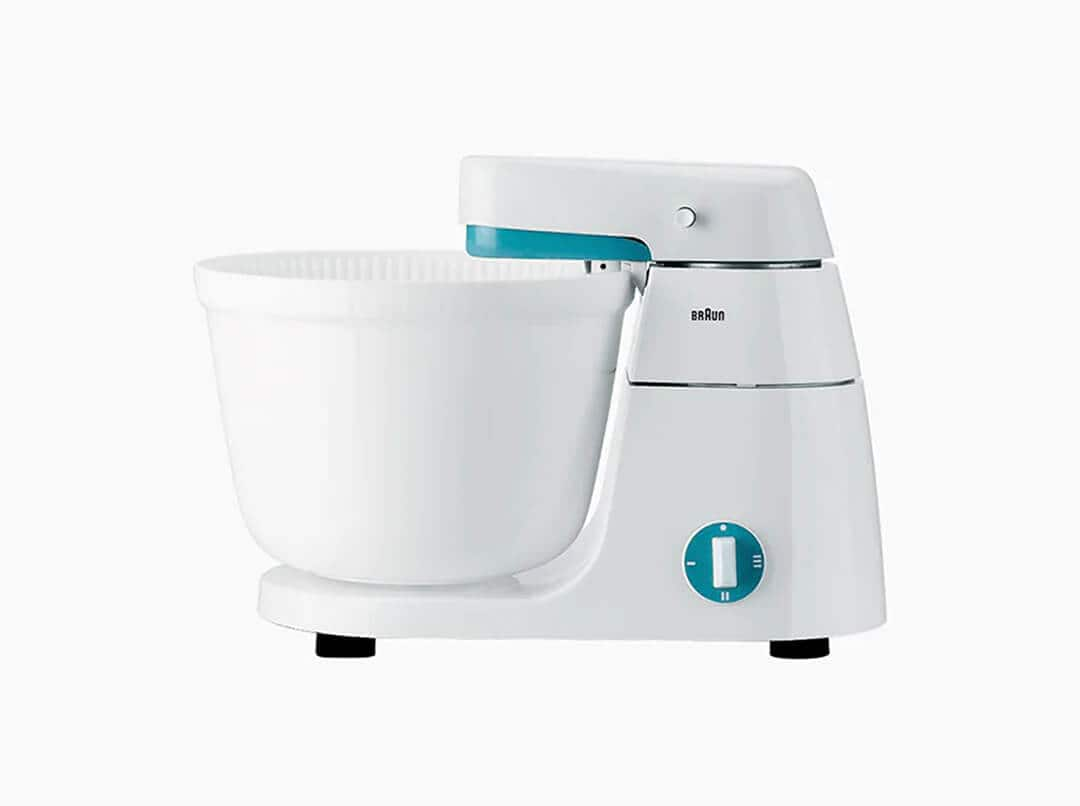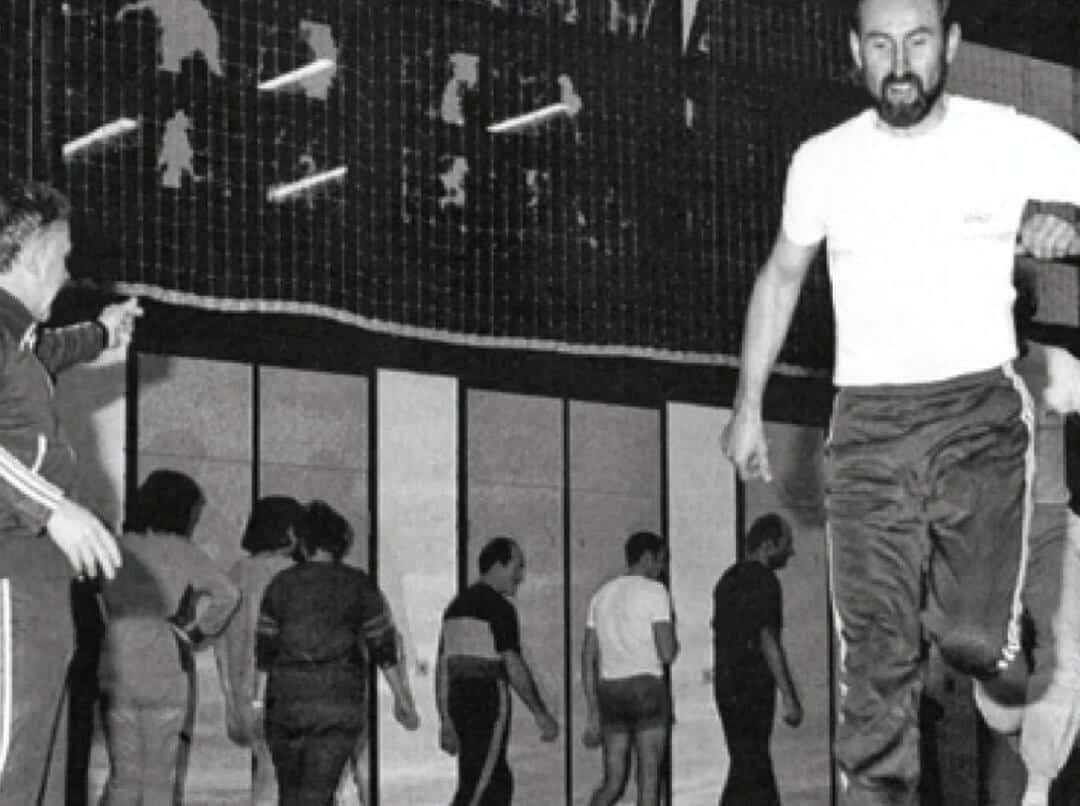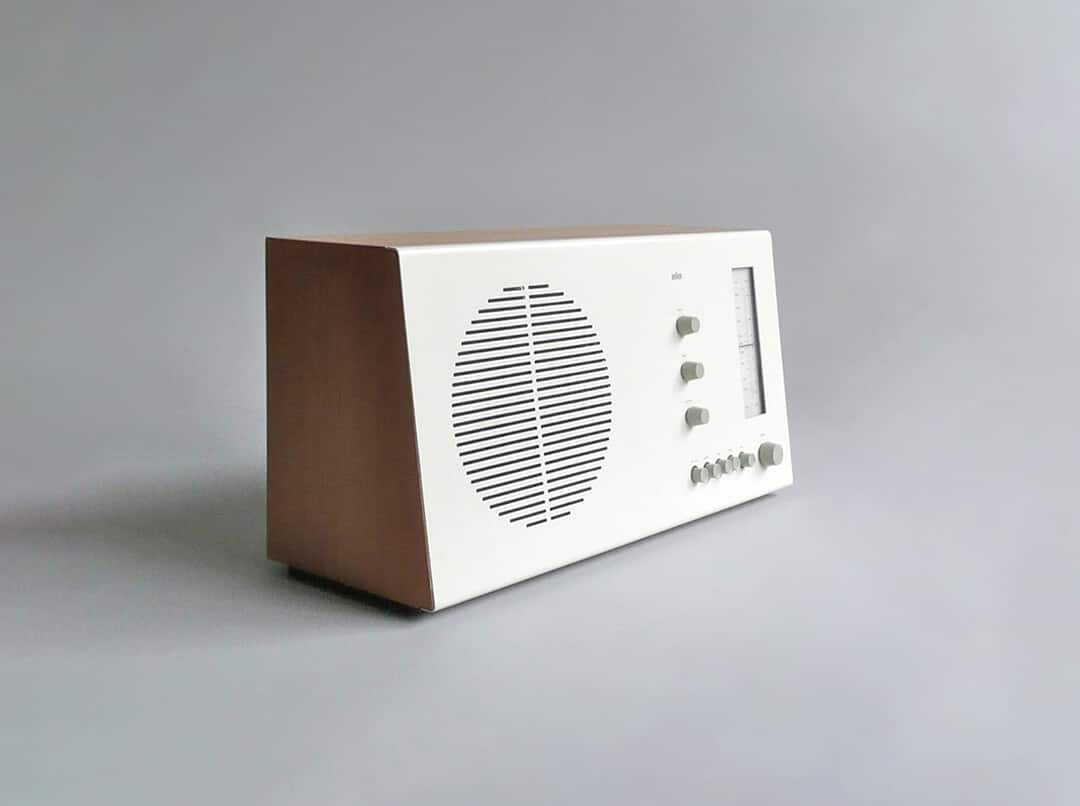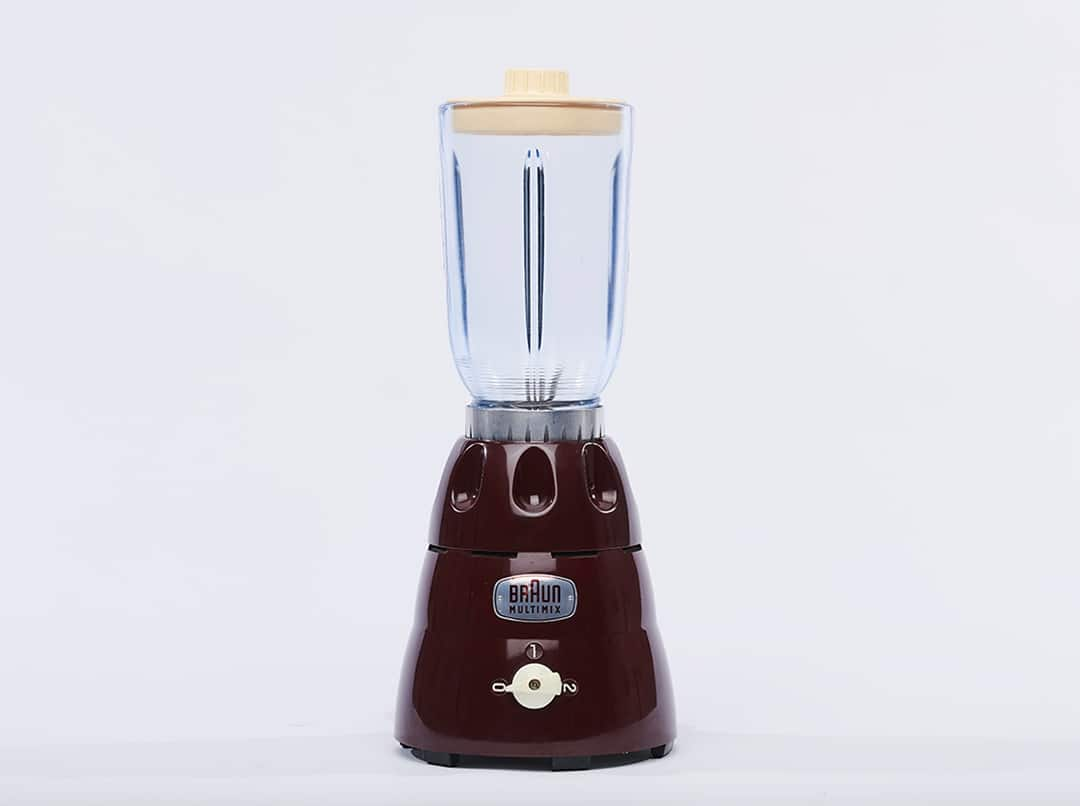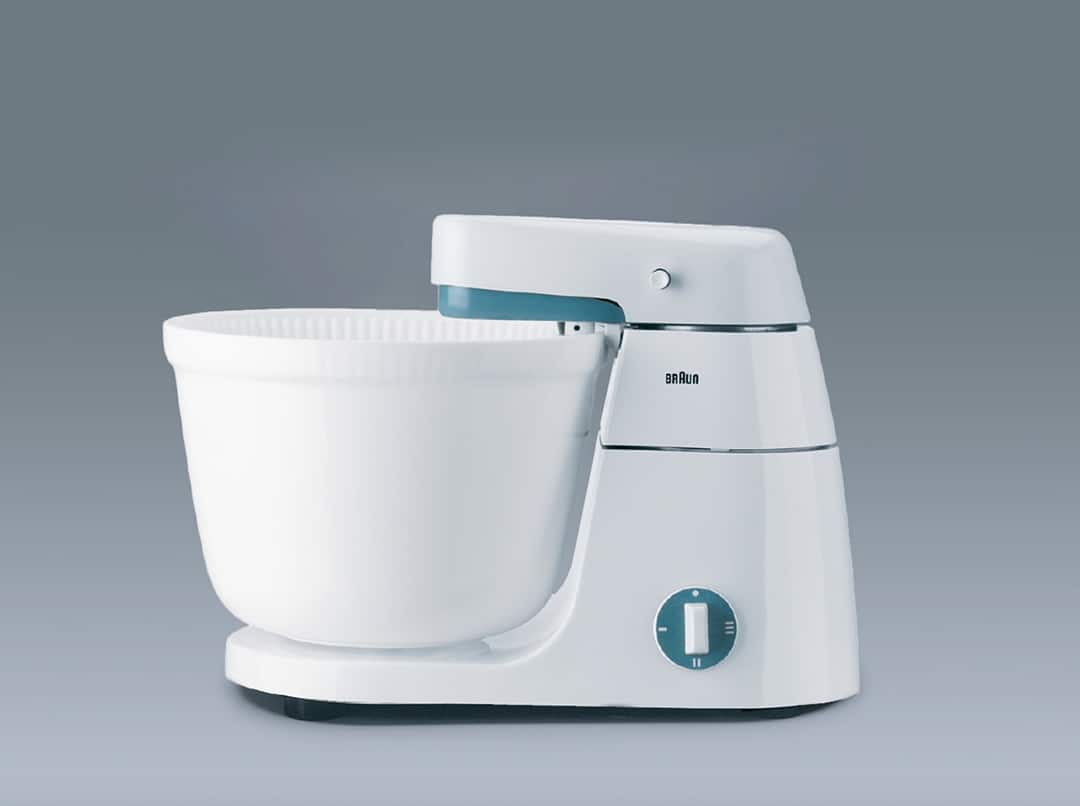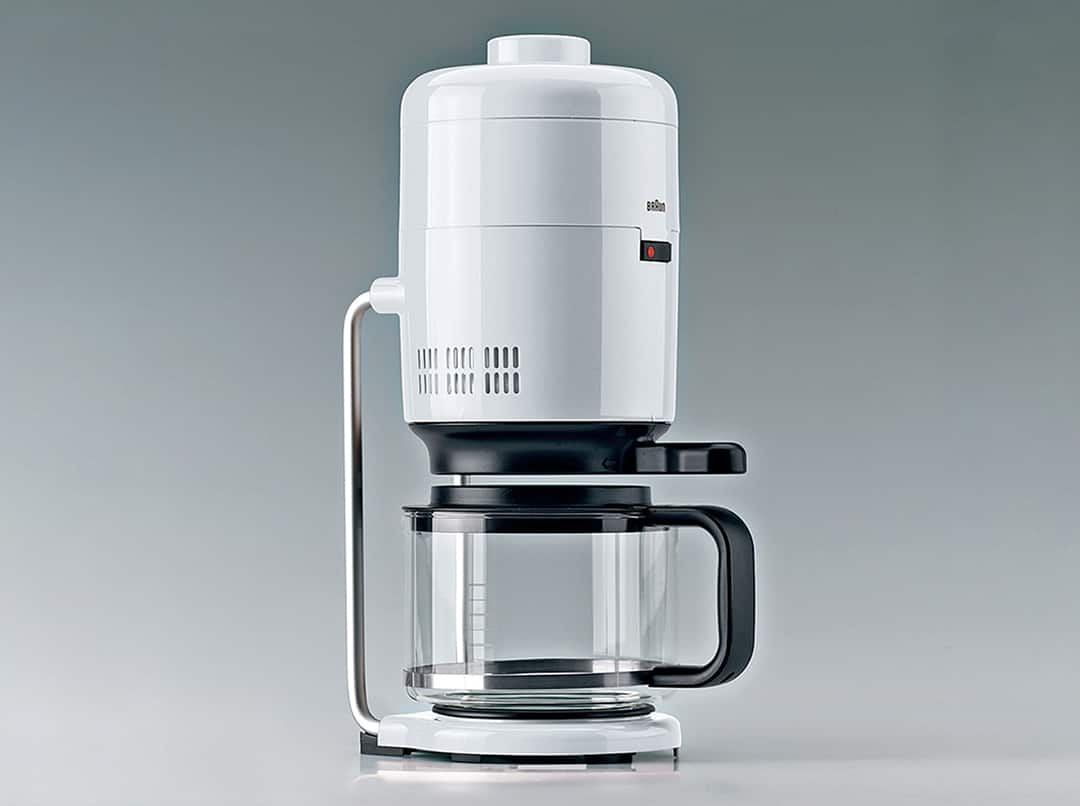Darmowa dostawa przy zakupach o wartości powyżej 160 zł
Bezpłatny zwrot
Czas na zwrot towaru przedłużony do 45 dni
Przygotowywanie posiłków
Śniadanie
Inspiracje
Przygotowywanie posiłków
Śniadanie
Inspiracje







MultiGrill 9 Pro
Najlepszy grill Braun dla profesjonalnych rezultatów.

Frytkownice beztłuszczowe
Braun MultiFry - więcej niż frytkownica beztłuszczowa




Kolekcja Breakfast 1
Wszystko czego potrzebujesz na dobry początek dnia.









Żelazka z generatorem pary
Zaoszczędź 50%* czasu na to co naprawdę ważne.





Zostało tylko 6 dni.
Przedłużony Black Friday: do 25% zniżki




Kolekcja przepisów
Ciekawe i proste przepisy od Braun.

Zdrowa dieta, lepsze życie
Zdrowe odżywianie nigdy nie było łatwiejsze.

Funkcja sanityzacji
Usuwa ponad 99,99% wirusów i bakterii¹.


Odkryj więcej produktów Braun.


